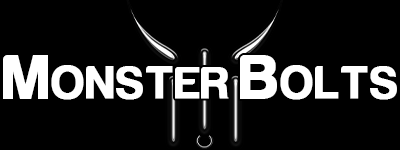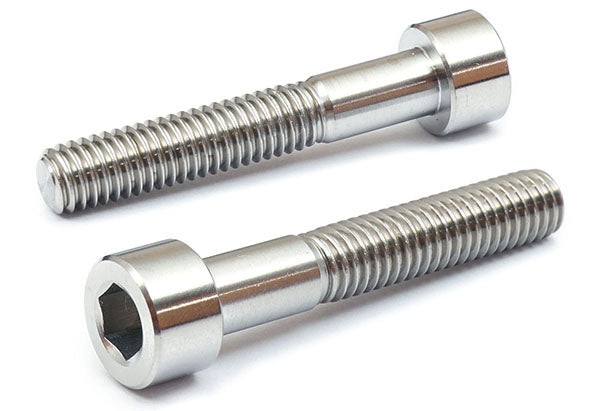Socket (Allen/Hex) fasteners explained—head styles, DIN/ISO standards, and how to choose the right one.

Socket Screw Types & When to Use Each
| Type (Shop) | Standard | Best For | Strengths | Tradeoffs |
|---|---|---|---|---|
| Socket Head Cap | DIN 912 / ISO 4762 | High-strength joints, machinery, robotics | Deep hex, thick head walls = highest preload among socket styles | Tall head may conflict with low-clearance designs |
| Low Head Socket Cap | DIN 7984 | Tight vertical clearances, covers/guards | ~50% lower head height than DIN 912 for space savings | Lower preload capacity vs. standard socket cap |
| Button Head Socket | ISO 7380 / DIN 9427 | Safety/aesthetics, snag-resistant surfaces | Rounded profile reduces catch points; larger under-head bearing area | Lower drive depth; not for maximum-strength joints |
| Flat Head (Countersunk) | DIN 7991 / ISO 10642 | Flush surfaces, covers, machine assembly | Head sits flush when countersunk; clean, low-profile finish | Requires countersink; smaller drive area than DIN 912 |
| Socket Set Screw | DIN 916 / ISO 4029 | Shafts, collars, pulleys—axial location/locking | No protruding head; cup point bites into mating part | Not a structural screw; torque by point type & material |
Materials & Strength Classes
- Alloy Steel (e.g., Class 12.9, 10.9): highest strength; black oxide or zinc finishes. Ideal for high-preload joints.
- Stainless Steel (A2-70 / A4-80): corrosion resistance for outdoor/marine; use anti-seize to reduce thread galling.
- Marine-Grade Stainless (A4/316): best for saltwater exposure and harsh environments.
For recommended seating torques by size and head style, see our Metric Socket Screw Torque Chart.
How to Choose the Right Socket Screw
- Clearance: If head height is limited, start with Low Head or Flat. Otherwise, use Socket Head Cap (DIN 912) for maximum strength.
- Environment: Corrosive or marine? Choose A2-70 or A4-80 stainless. Dry, high-strength? 12.9 alloy steel.
- Safety/Appearance: Need smooth profiles or snag resistance? Consider Button Head.
- Function: Positioning/locking on a shaft? Use a Set Screw (DIN 916) with the proper point and torque.
- Standard & Fit: Match metric vs inch threads and verify DIN/ISO when replacing OEM hardware.
FAQs
What’s the difference between socket head cap and hex head cap screws?
Socket head cap screws use an internal hex drive (Allen) and have a compact head for tight spaces; hex head cap screws use an external hex drive (wrench/socket) and provide tool access from outside the head.
Which socket screw is the strongest?
Within the family, Socket Head Cap (DIN 912) typically supports the highest preload thanks to deep drive engagement and robust head geometry. For absolute strength, also consider material class (e.g., 12.9 alloy steel).
Can I use socket screws outdoors or in marine environments?
Yes—choose stainless (A2-70 for general outdoor, A4-80 for marine/salt) and use anti-seize to reduce thread galling. For maximum strength in dry indoor settings, 12.9 alloy steel is common.
Do I need special tools for socket screws?
You’ll need the correct hex key or hex bit (metric or inch). Using the exact size prevents cam-out and protects the drive.
When should I use a set screw?
Use set screws (DIN 916) to axially locate components (e.g., collars, pulleys) on a shaft. Select point type (cup, flat, etc.) for the mating surface and follow torque guidance.


1 comment
Hi
He much?